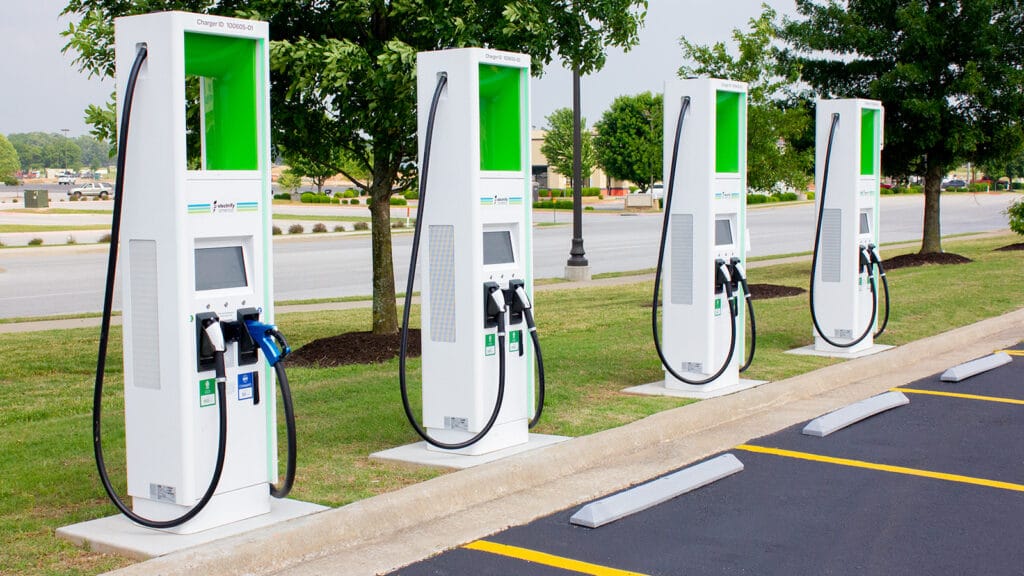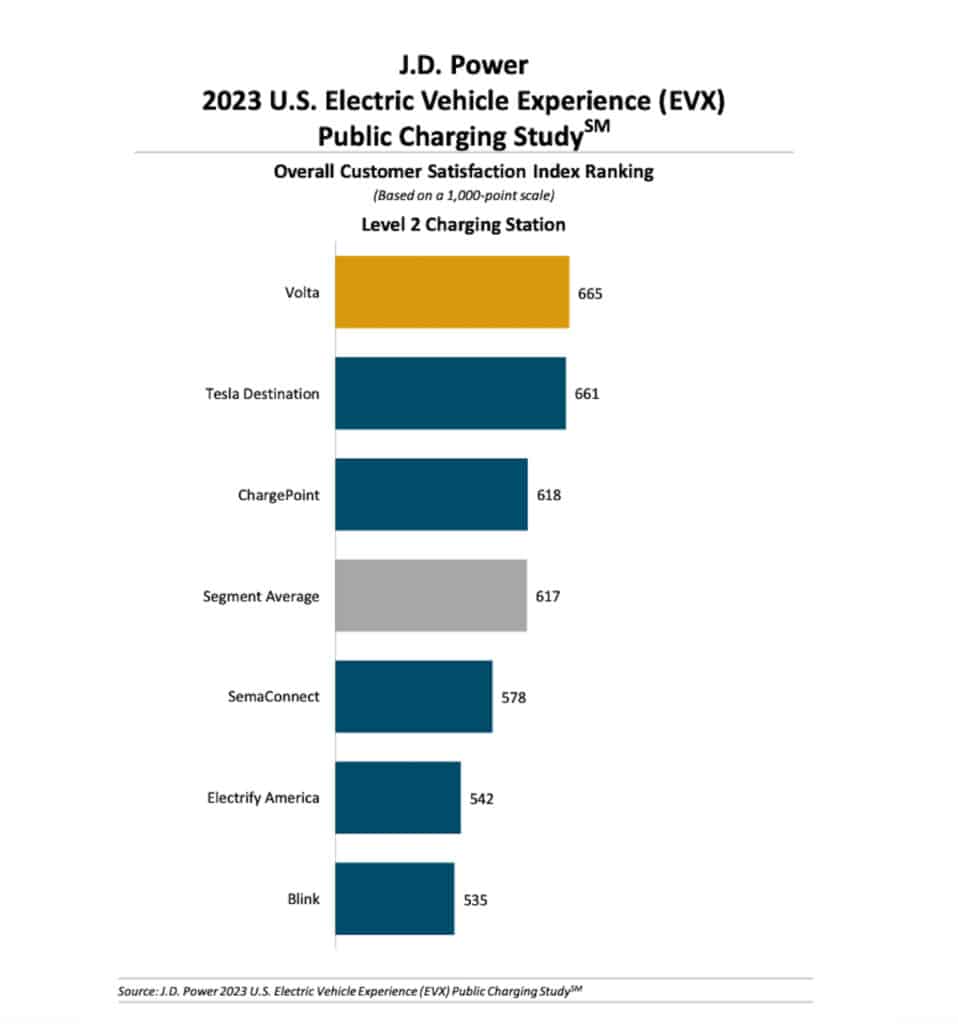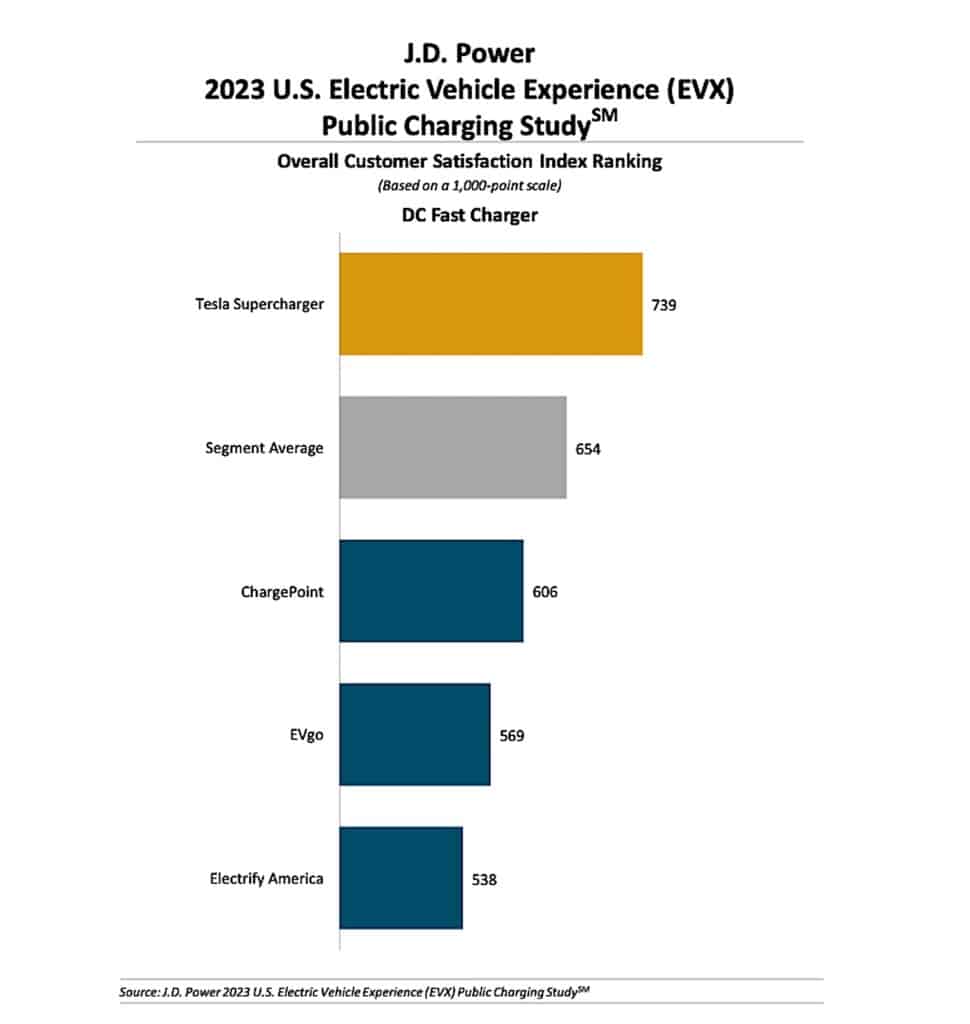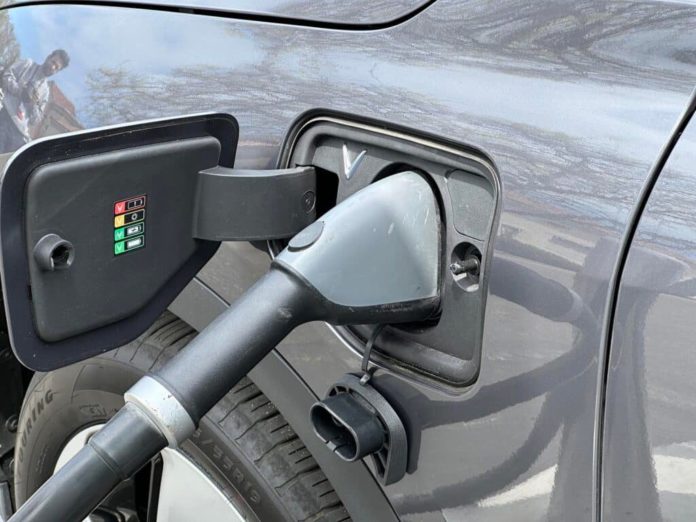While U.S. sales of battery-electric vehicles have surged 750% since the COVID pandemic first struck, “public charging issues may short-circuit EV growth,” warns a new study by J.D. Power.
The vast majority of EV owners do most of their charging at home or office. But, as these vehicles become more commonplace and more frequently are used as direct replacements for gas-powered models, the need to plug in on the road has become increasingly critical. But motorists often find it difficult to locate public quick chargers. And, when they do, those devices may either be out of order or not deliver the promised charging speeds.
So, even with the number of public charging stations increasing rapidly, customer satisfaction has declined sharply, according to the 2023 J.D. Power Electric Vehicle Experience Public Charging Study.
Owner satisfaction plummets
The EVX found EV owners increasingly dissatisfied with both quick and standard-speed public chargers. Level 2 systems — which use 240-volt power and often require plugging in overnight — received a score of 617 points out of a possible 1,000. That’s a decline of 16 points since the last EVX was released a year ago.

Satisfaction fell even further for public quick chargers — which provide at least 400 volts of DC current and can recharge a drained battery in anywhere from 15 minutes to over an hour, depending upon the vehicle and the charger design. EV owners gave DC chargers a score of 654, down 20 points over the past year.
“The declining customer satisfaction scores for public charging should be concerning to automakers and, more broadly, to public charging stakeholders,” said Brent Gruber, executive director of the EV practice at J.D. Power.
Tesla owners are the exception
Tesla owners were the exception — or more precisely, those using the company’s proprietary Supercharger network. They gave that system a rating of 745, but when Tesla owners plugged into other networks the score dropped to just 550 points.
The study found a variety of reasons behind the growing level of dissatisfaction with public chargers:
- Owners are, on the whole, unhappy with the charging speeds they experience. Long waits while plugged in resulted in the sharpest declines in the scores for both Level 2 and DC chargers in the EVX this year.
- EV owners also expressed concern about poorly placed chargers, especially DC quick chargers which, they broadly said, “should be located along travel routes,” much like today’s filling station network.
- A sizable number of survey respondents reported instances where they visited a charging station but either decided to drive away without plugging in or, if they did connect, couldn’t get a charge.
Problems vary by region

That reflects increasing anecdotal reports of long lines and broken chargers at many locations. It’s also becoming more common for DC quick chargers to operate at power levels significantly below their optimum ratings, extending charging sessions beyond what customers might expect.
The 2023 EVX found that non-charge visits varied sharply by region. EV owners reported the most problems in Florida in the area covering Miami, Port St. Lucie and Ft. Lauderdale, 35% of visits failing to result in charging. The numbers were only slightly better, at 29%, in the greater Denver, Seattle and Dallas-Ft. Worth areas. The greater Cleveland-Akron-Canton region had the lowest number of failed visits, at 12%, Power reported.
“The availability of public charging stations is still a critical obstacle, but it isn’t the only one. EV owners continue to have issues with many aspects of public charging, as the cost and speed of charging and the availability of things to do while waiting for their vehicle to charge are the least satisfying aspects,” said Gruber in a statement released with the study results on Wednesday.
“At the same time, the reliability of public chargers continues to be a problem,” he added. “The situation is stuck at a level where one of every five visits ends without charging, the majority of which are due to station outages.”
Charger problems could short-circuit EV sales
The new EVX isn’t the only study to find growing frustration with public charging. And it’s echoed by other reports warning that this could slow the recent surge in demand for battery-electric vehicles.

EVs accounted for less than 1% of the U.S. new vehicle market in 2019, according to industry data, but grew to 5% last year. It has again jumped to 7.4% in 2023. But that number leveled off during the first six months of this year and appears to reflect, at least in part, concerns about charging, said Stephanie Brinley, associate director of AutoIntelligence for S&P Global Mobility.
Automakers and independent charging companies alike have been looking for ways to resolve these concerns. There’s been an increased focus on maintenance of existing public chargers, even as more go into operation on a weekly basis.
Automakers take action
A number of EV manufacturers, including Ford, General Motors and Mercedes-Benz, have announced partnerships with Tesla giving their vehicles access to the more robust Supercharger network starting in 2024. But Power’s Gruber cautioned that this could overwhelm that system and will require Tesla to stay on top of demand.
Separately, seven automakers recently announced a joint venture that eventually will put another 30,000 public chargers in operation around the U.S.
And the Inflation Reduction Act passed by Congress in August 2022 not only provides funding for an expanded public charging network but also sets performance targets meant to ensure those devices are maintained, rather than installed and forgotten.

